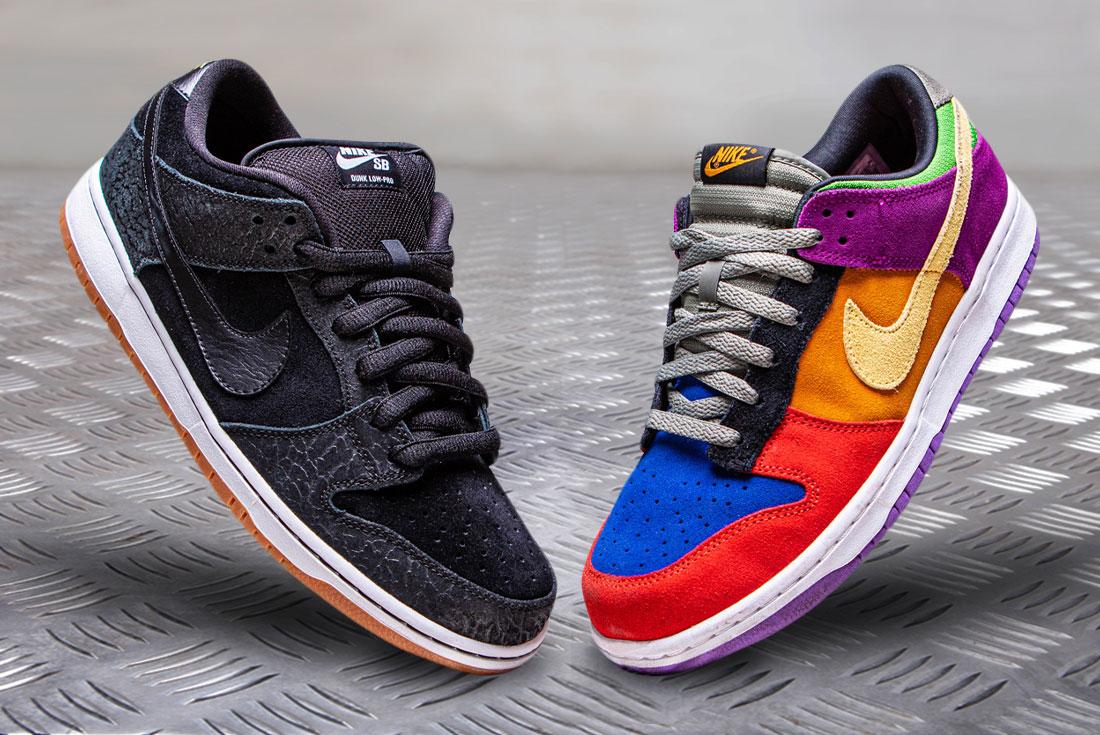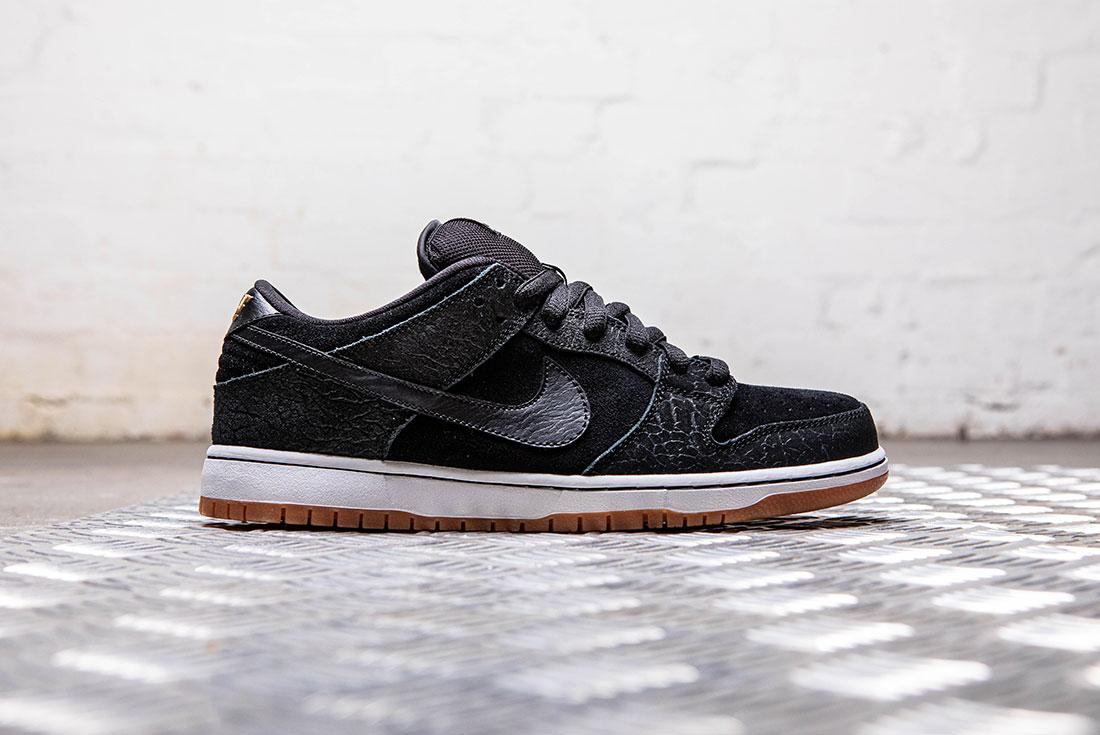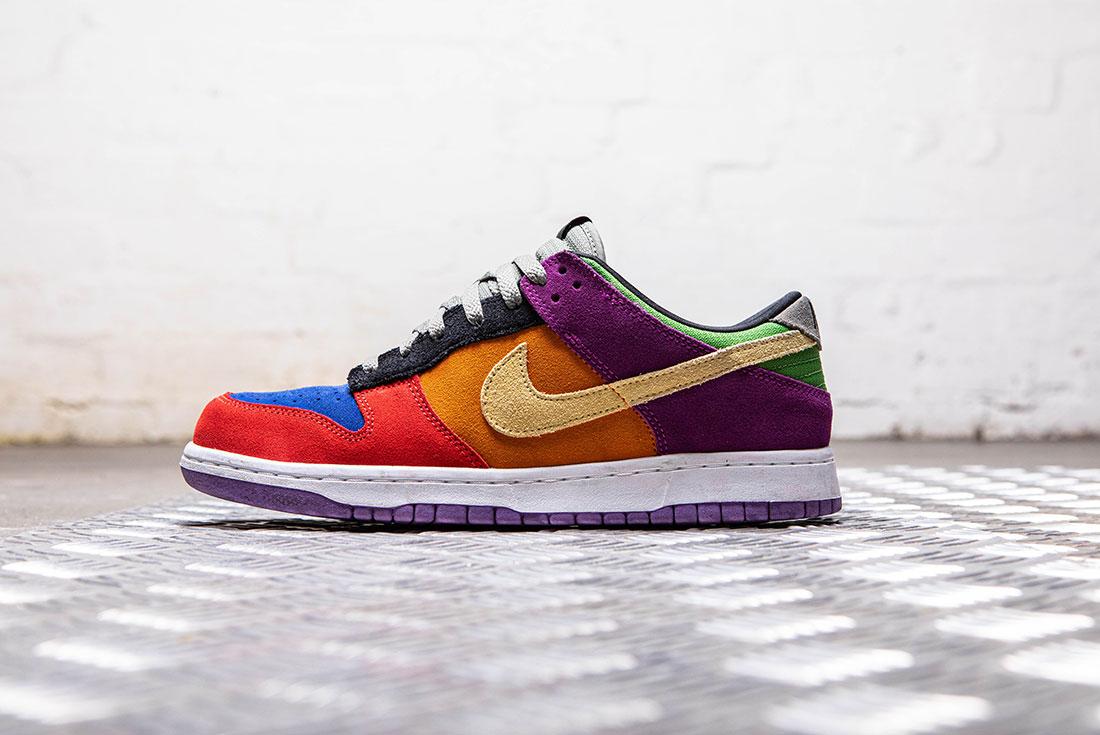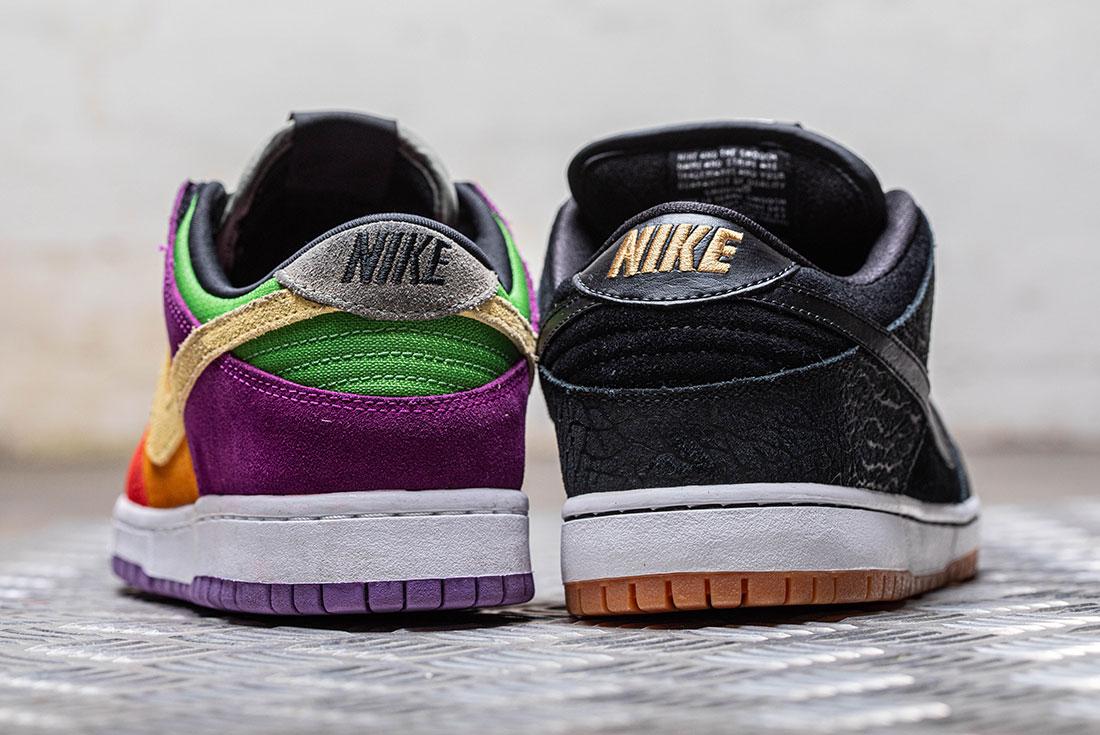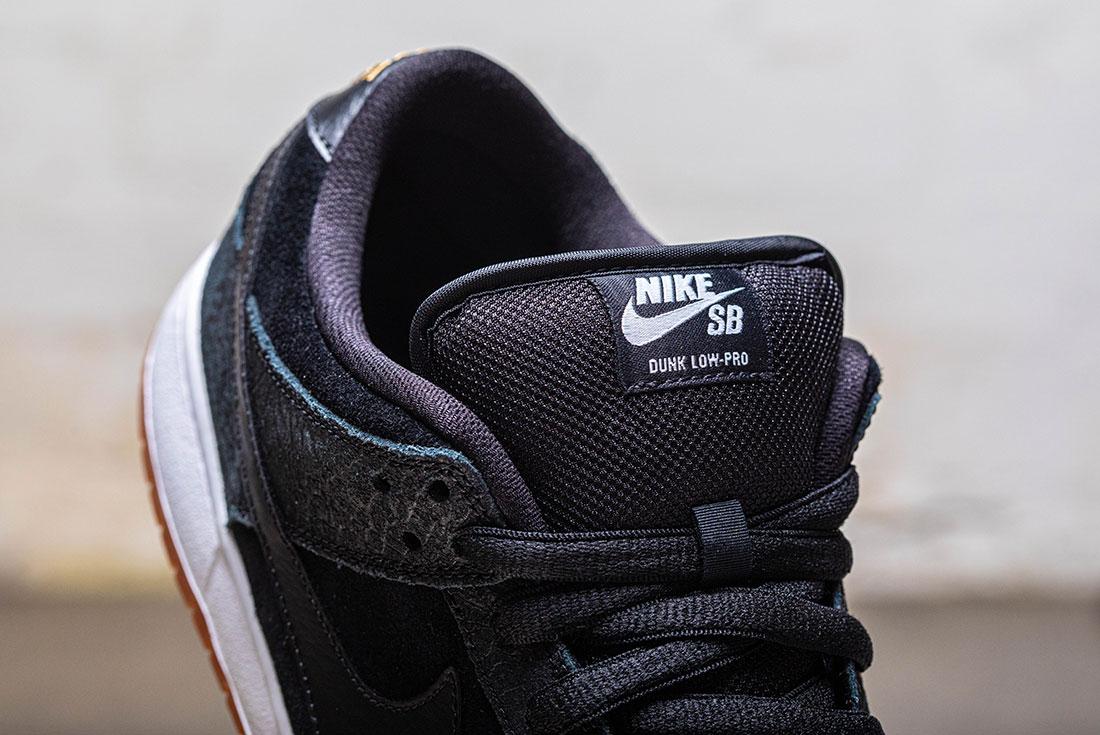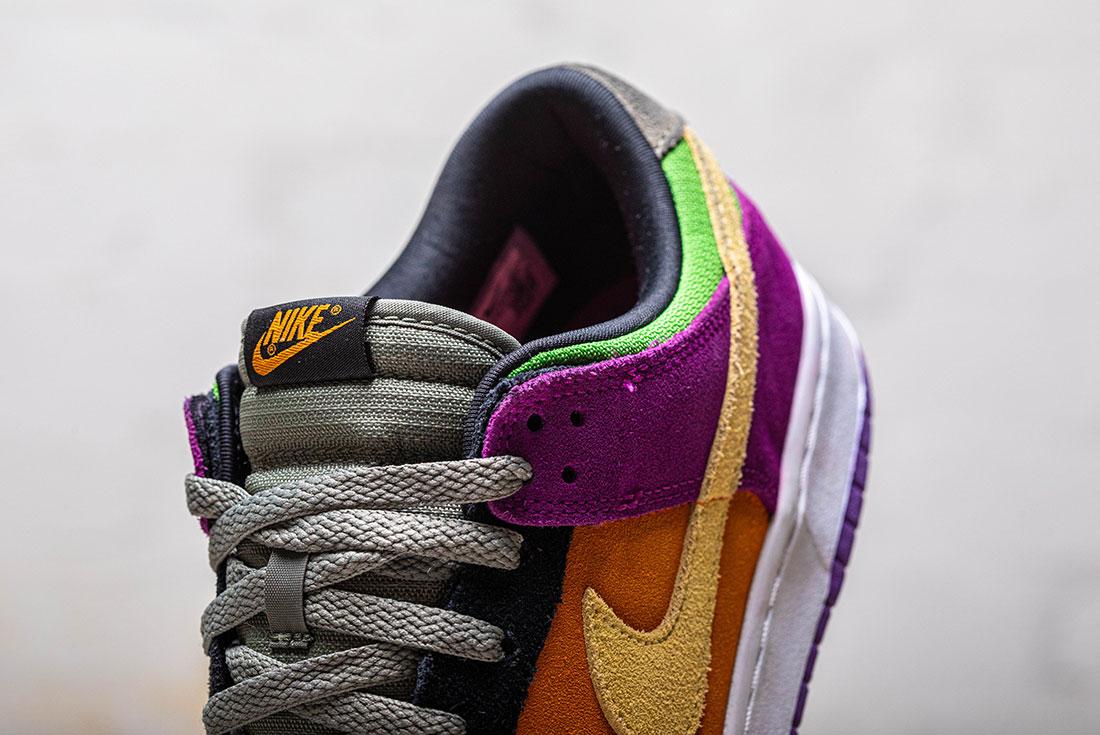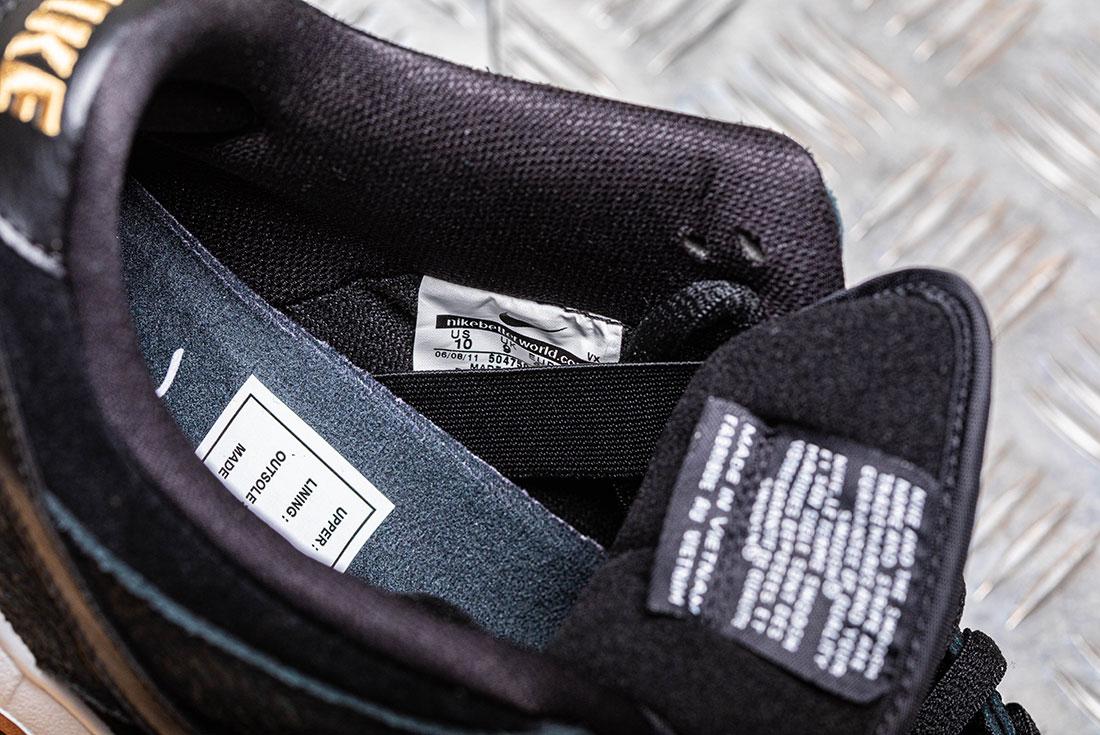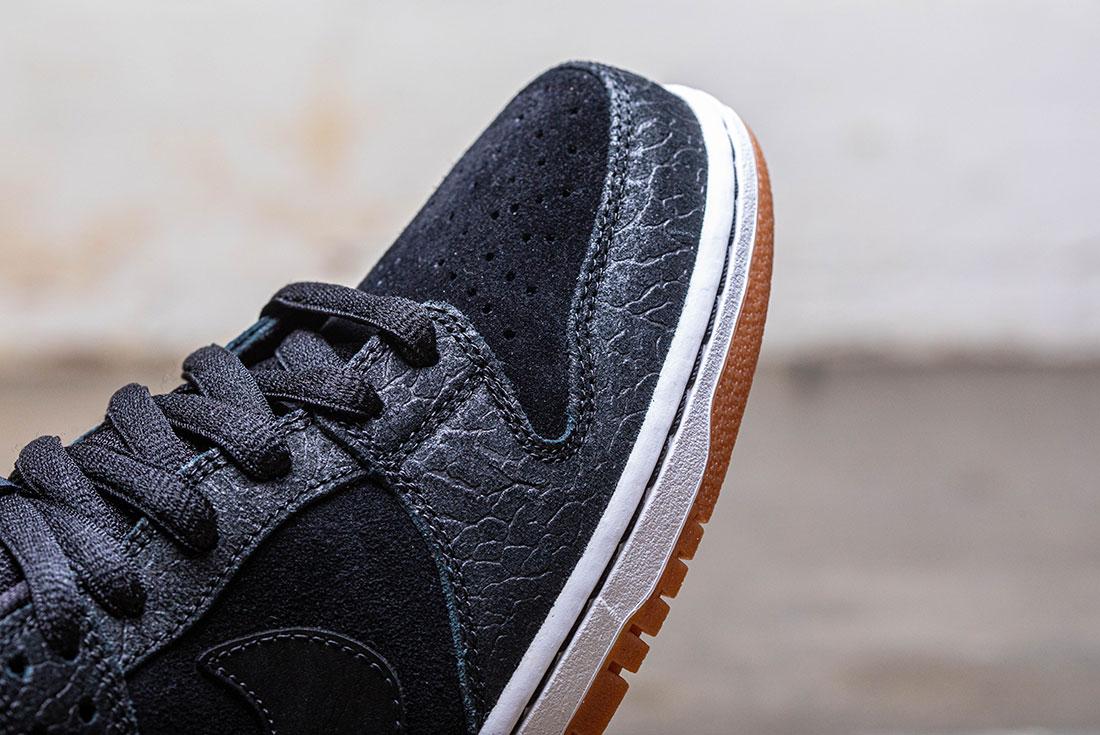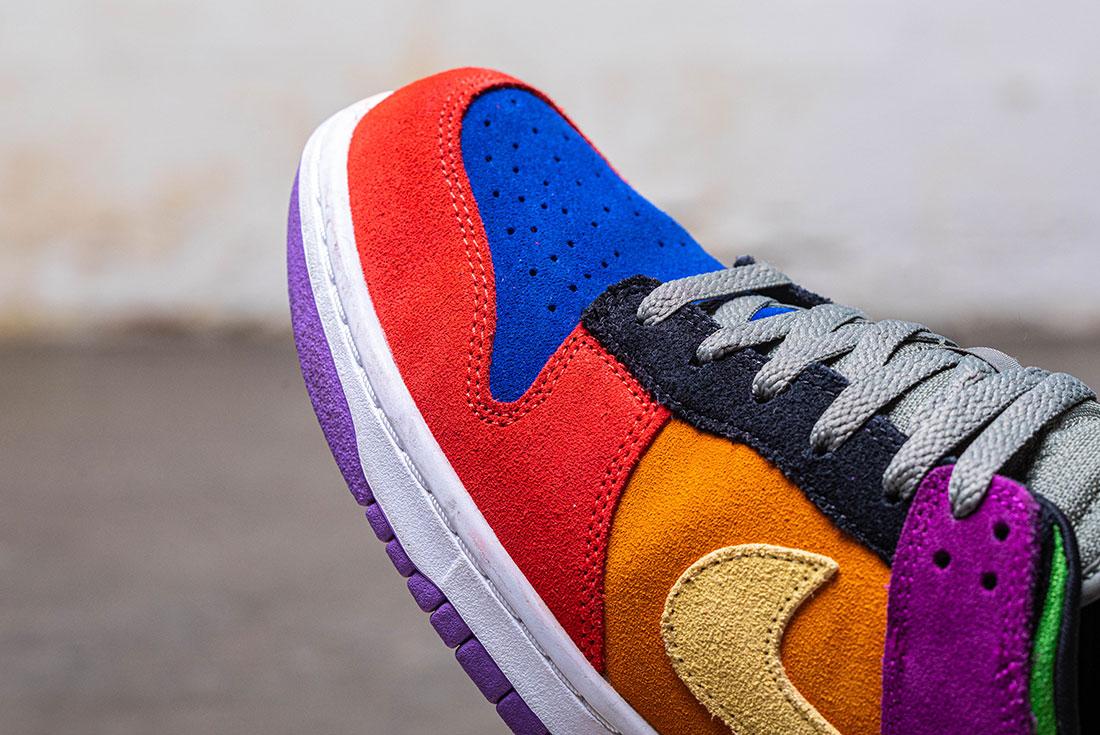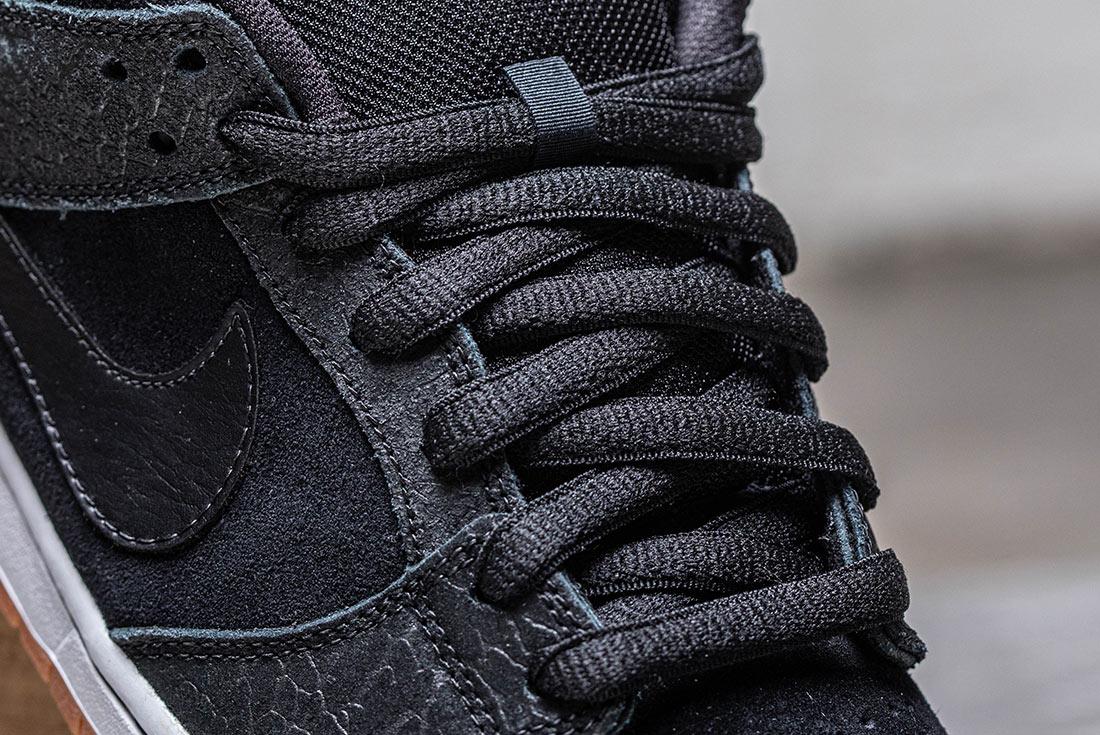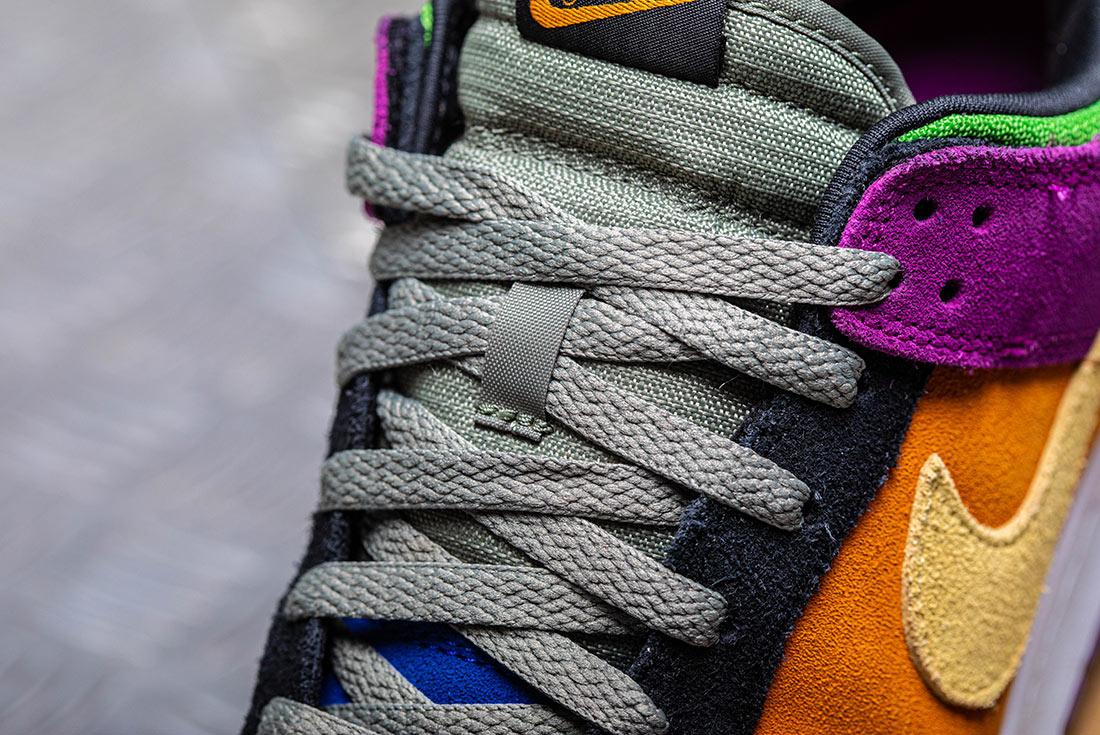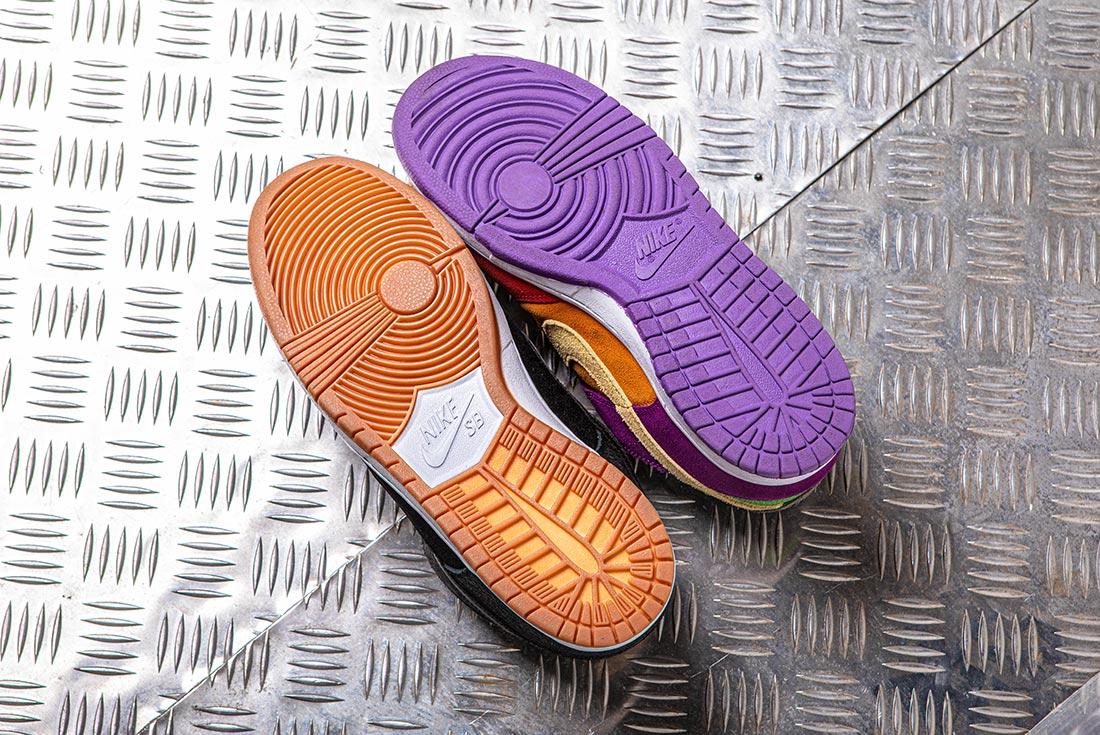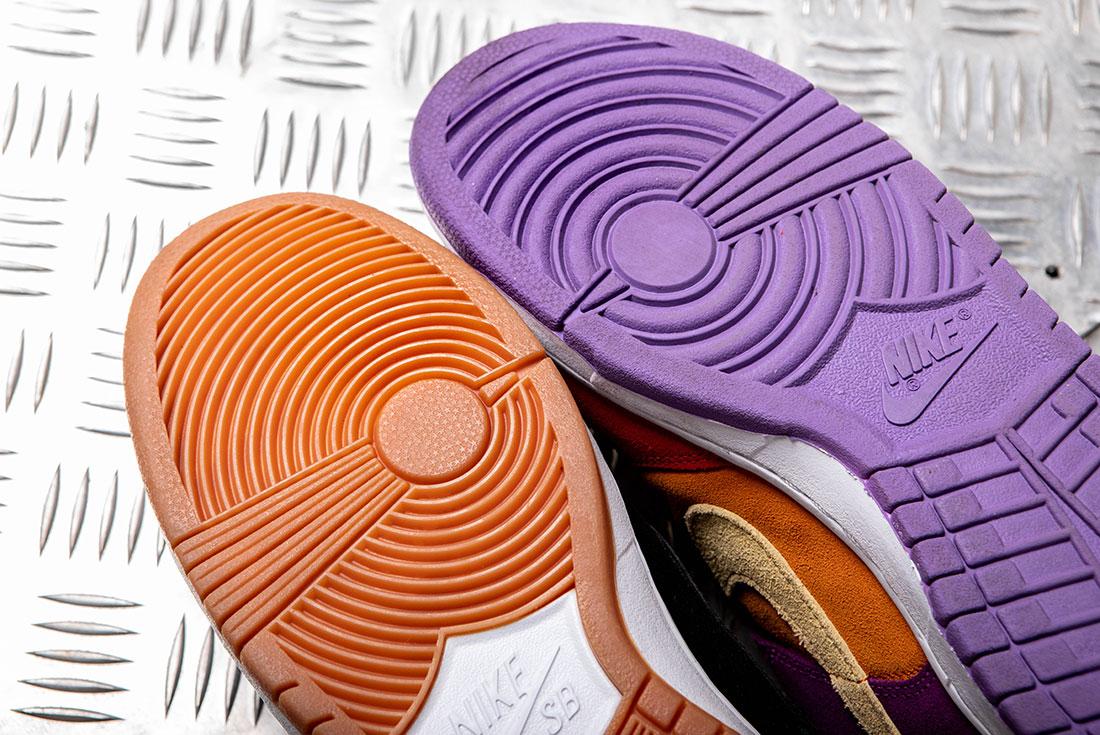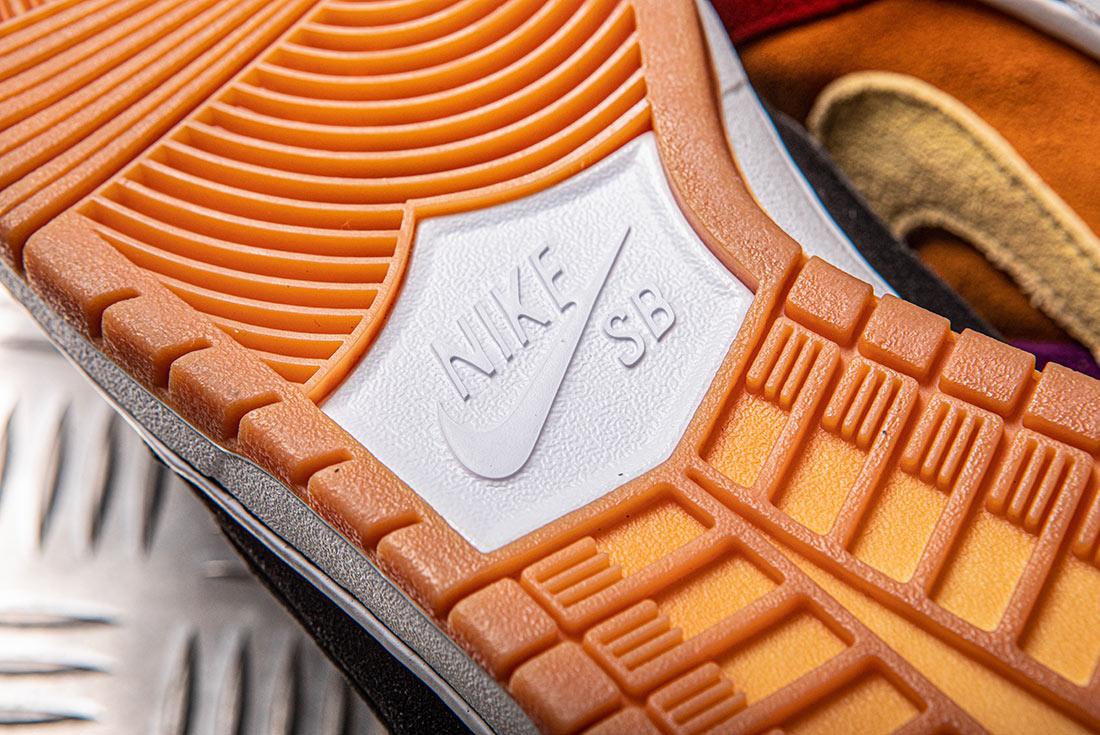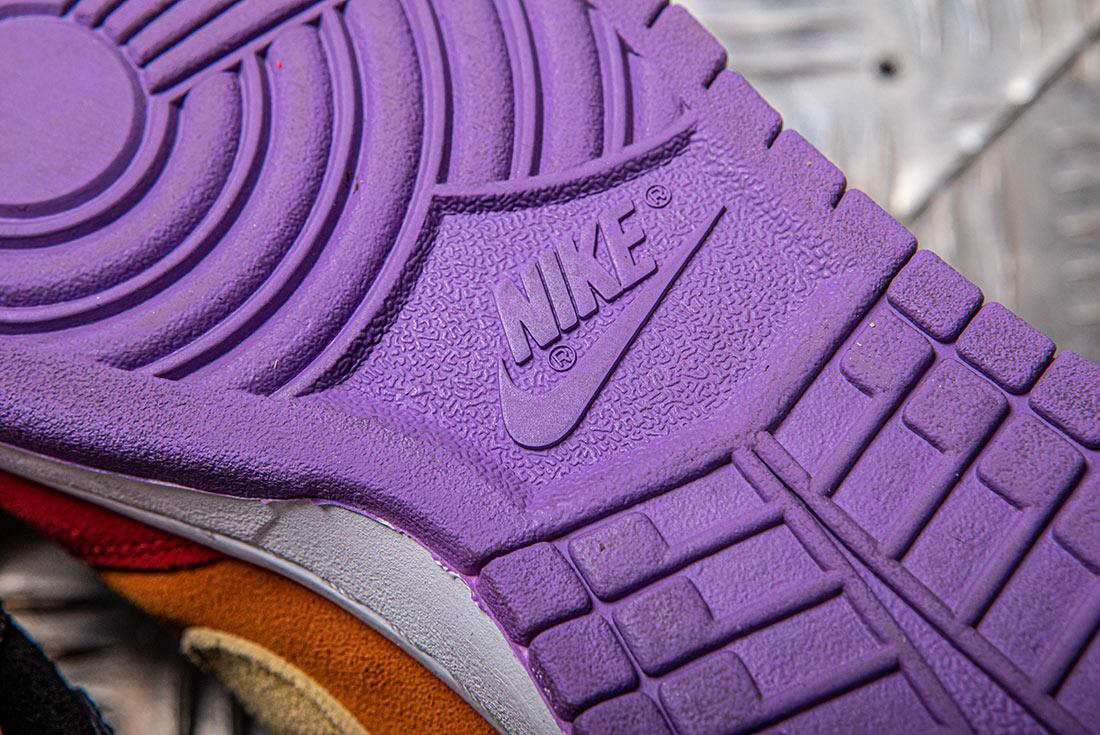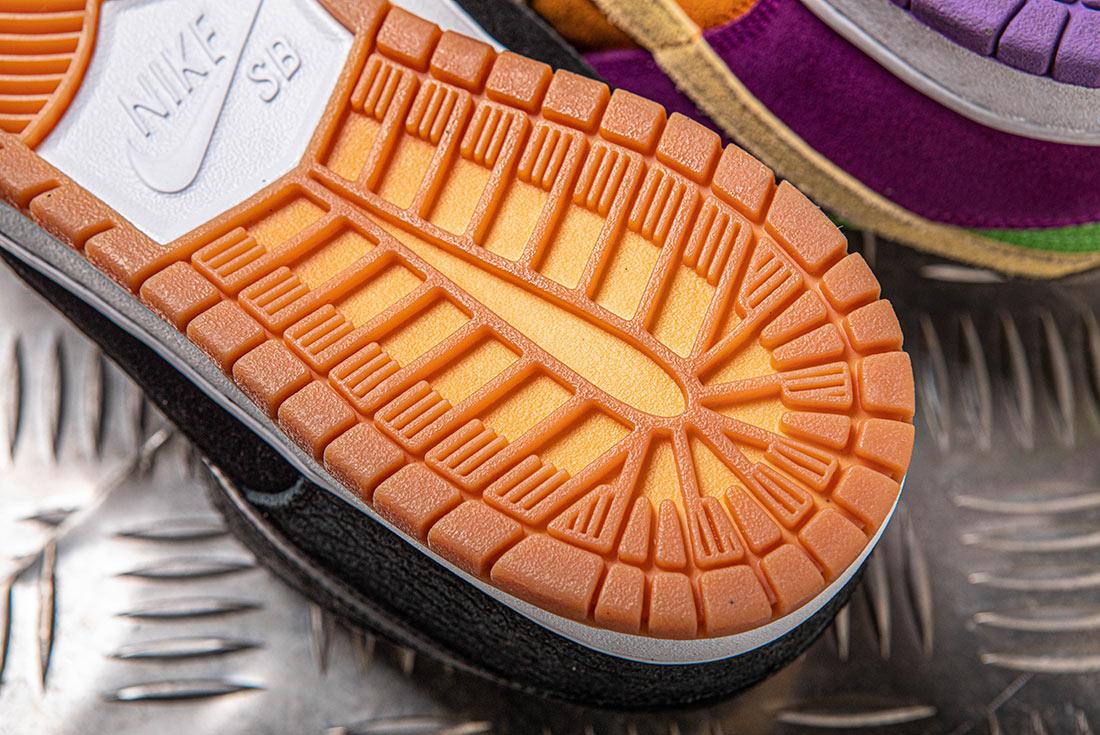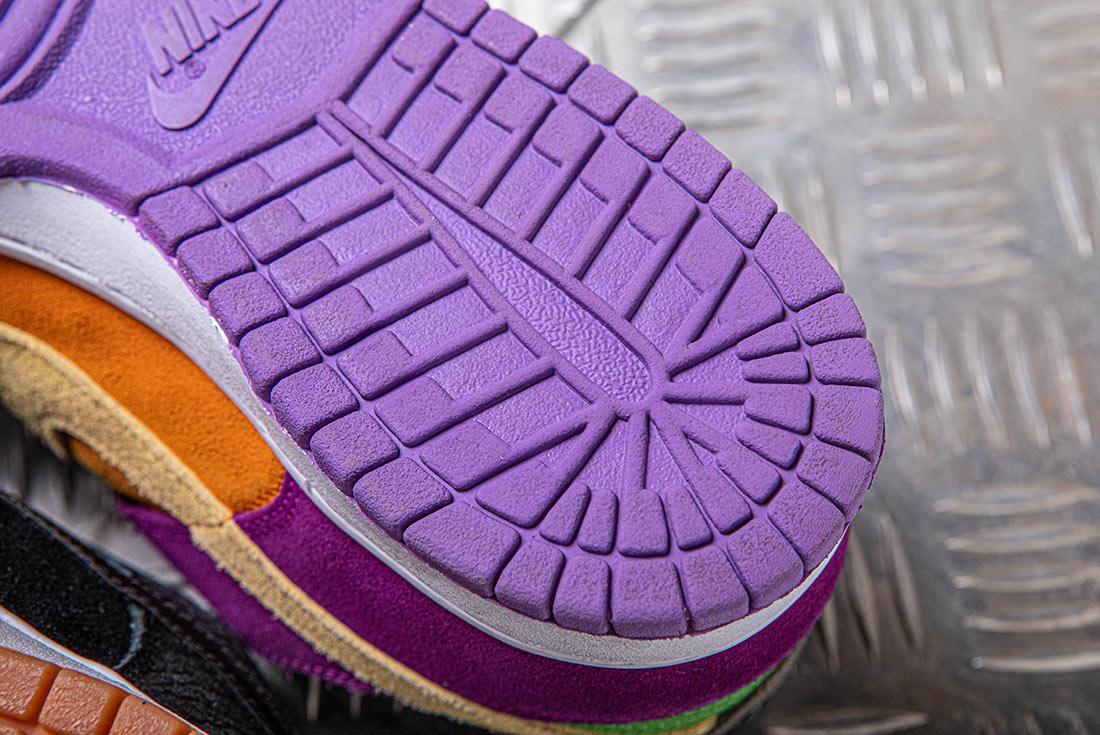Nike Dunk versus Nike SB Dunk: Breaking Down the Differences
and have been occupying a lot of newsfeed space lately, which poses the question: are you seeing double? Yes, and no. Many of you have asked for a guide to distinguish the differences, so here it is.
Indeed, the SB Dunk is the stuff of legend. The contemporary renaissance is supposedly the work of rappers and influencers, but its status was proven back in the early 2000s. and went hand-in-hand during some of the biggest releases, while many future classics slipped under the radar. As some of you , Dunks have been around since 1985, so the SB craze didn’t just happen overnight…
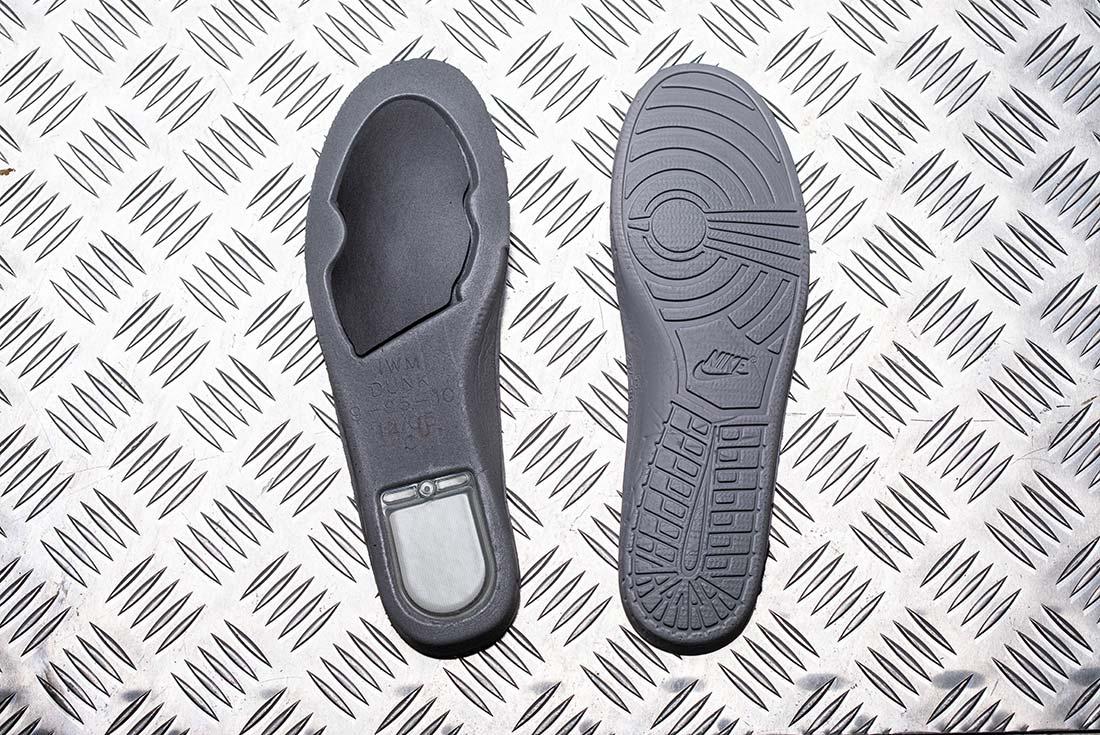

So there it is, a detailed explanation of the differences between two iconic Swoosh silhouettes. Now you have no excuse for getting Dunks and SB Dunks mixed up.
